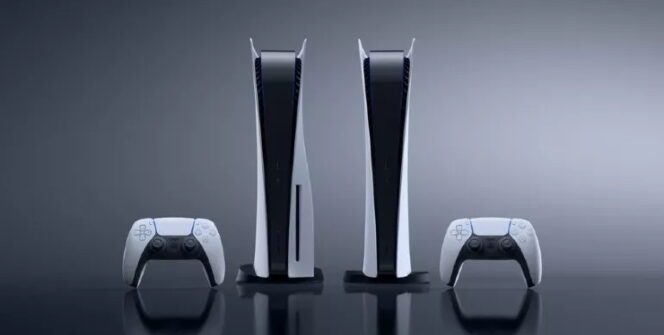Sony’s example proves that despite the hardware redesigns, it’s impossible to reduce the console’s size drastically (so don’t expect anything miniature from Microsoft either…).
The PlayStation 5 Slim has already been leaked in pictures and video, and the console must be said to be significant. It’s smaller by 5 cm than the basic PlayStation 5, but it’s not the same shrinkage as the PlayStation 2 Slim, which drastically shrunk compared to the original PS2. An AMD leaker, Kepler, took to Twitter to explain why we shouldn’t expect a drastic reduction in size on the redesigned PlayStation 5.
According to him, the lack of size reduction is not a coincidence, and that’s why there won’t be any consoles that are genuinely considered Slim in this console generation. He believes die shrinkage is dead, and Sony and Microsoft cannot act against it to reduce costs and consumption. (To add to the consumption, in the PC market in particular, Intel CPUs have started to take on staggeringly huge proportions in their desktop and workstation products…)
Switching to lower nanometre technology does reduce power consumption (for example, there is a significant difference between a 22nm and a 14nm CPU in favor of the newer technology), but according to Kepler, downsizing the PlayStation 5 and Xbox Series SoC (system on a chip) circuitry to 5, possibly 4 nanometres would cost over $100 million. The cost per transistor would remain the same, and that’s why he believes it’s not worth it for the two companies to make a significant foray into the technology.
The PlayStation 5 Slim, model number 2000 (CFI-2016), does not appear to be a significant change based on the leaks so far and is expected to be released later this year, replacing the current two models, not forgetting the PlayStation 5 Digital Edition (which does not have a Blu-ray drive built-in). What new features haven’t we seen on the new hardware? There may still be a few secrets under the lid, but Sony should talk about the console soon.
Source: WCCFTech















Leave a Reply